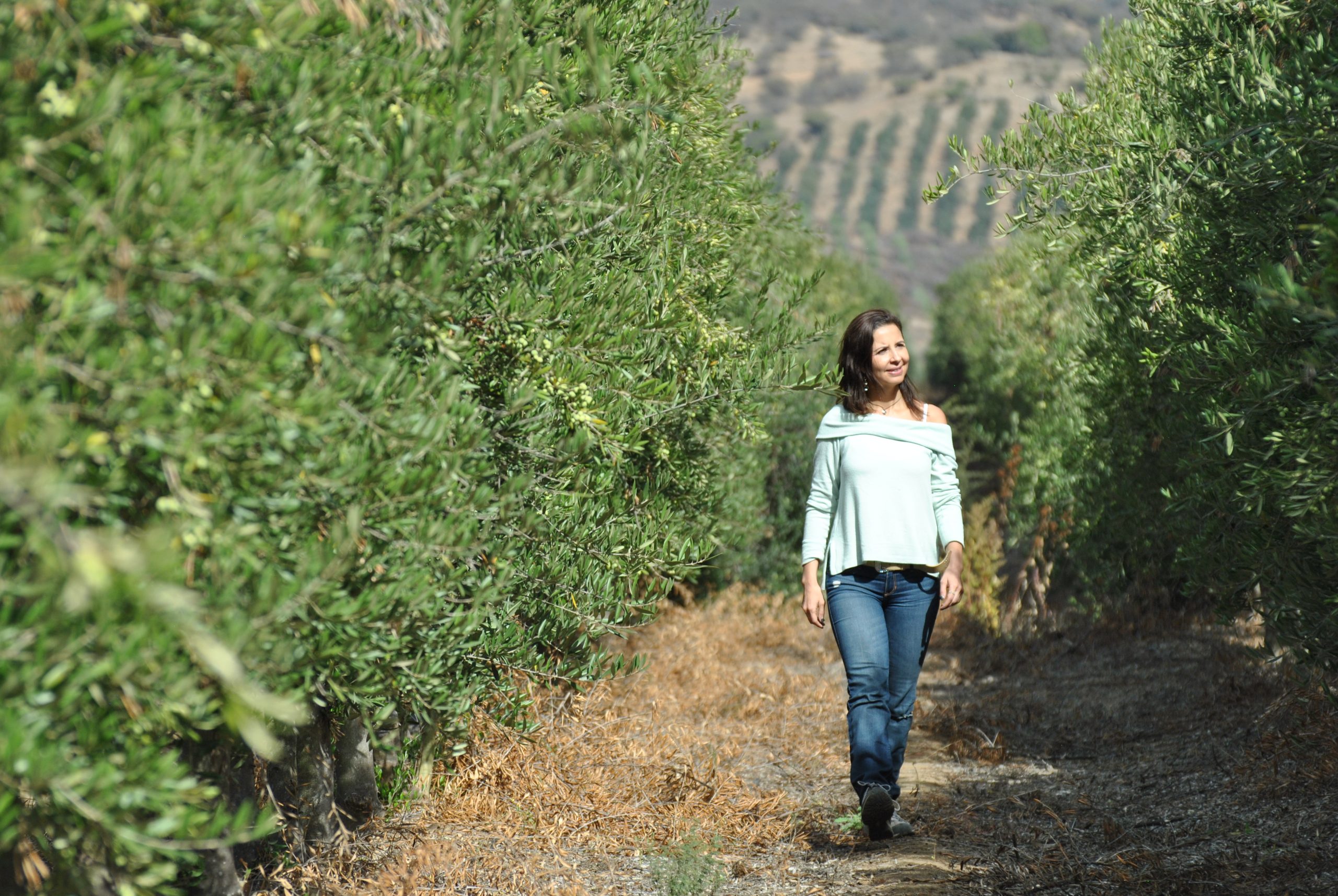Climate change has modified the approach to agriculture in various parts of the world, requiring research and extraordinary maintenance by professionals.
In the wine and olive growing field, agronomists and oenologists offer their professionalism to stem the current problems. What today seems to worry, above all, companies in the sector, will soon also concern consumers and what they bring to the table.
Alicia Moya, Chilean agronomist, already known to readers, for an interview dedicated to the world of EVOO available here, expresses her opinion on the matter, thanks to a long experience and travels around the world to know various climatic realities.
For the interview visit Piero Pardini Wine Reviews.








